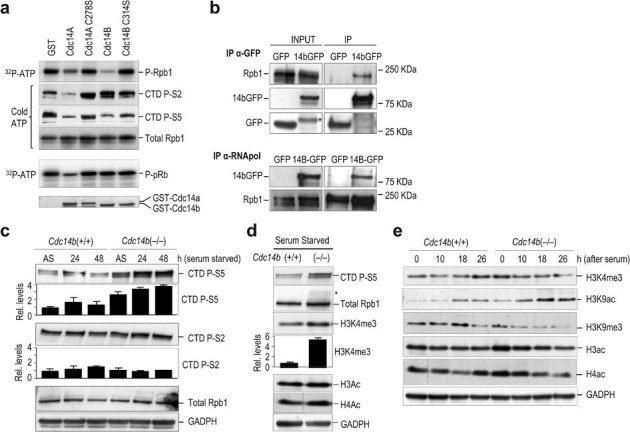Figure 4. Cdc14 proteins dephosphorylate RNA polymerase II and repress transcription.

(a) The C-terminal domain (CTD) fragment of RNA polymerase II and pRb (amino acids 773–928) were used as substrates of Cdk1-cyclin B complexes in the presence of 32P-ATP or non-radiactive ATP and then incubated with GST-Cdc14a, GST-Cdc14b, phosphatase-dead mutants or GST alone. Samples were resolved by SDS-PAGE and detected by autoradiography or immunoblot with antibodies against Rpb1 or specific for phospho-Ser2 (P-S2) and phospho-Ser5 (P-S5) forms of the CTD. (b) Immunoblots of cell lysates from 293 cells expressing Cdc14b-GFP or GFP alone, before (INPUT) or after immunoprecipitation (IP) with either GFP or Rpb1 antibodies. The endogenous Rpb1 was detected using specific antibodies whereas exogenous Cdc14b-GFP (14bGFP) was detected using specific antibodies against GFP (* indicates non-specific bands). (c) Immunodetection of phospho-Ser2 (P-S2) and phospho-Ser5 (P-S5) forms of the CTD in asynchronous (AS) MEFs or in cells serum-deprived for 24 or 48 h. The relative levels of these marks versus asynchronous wild-type cells are indicated in the histograms. (d) Immunodetection of phospho-Ser5 CTD and the indicated epigenetic marks during serum starvation in wild-type or Cdc14b-null cells. (e) Immunodetection of the indicated epigenetic marks during cell cycle entry after stimulation of quiescent cells (serum-starved for 48 h) with serum. Samples were analyzed 0, 10, 18 and 26 h. after stimulation with serum. GADPH was used as a loading control in all these immunodetection studies.
